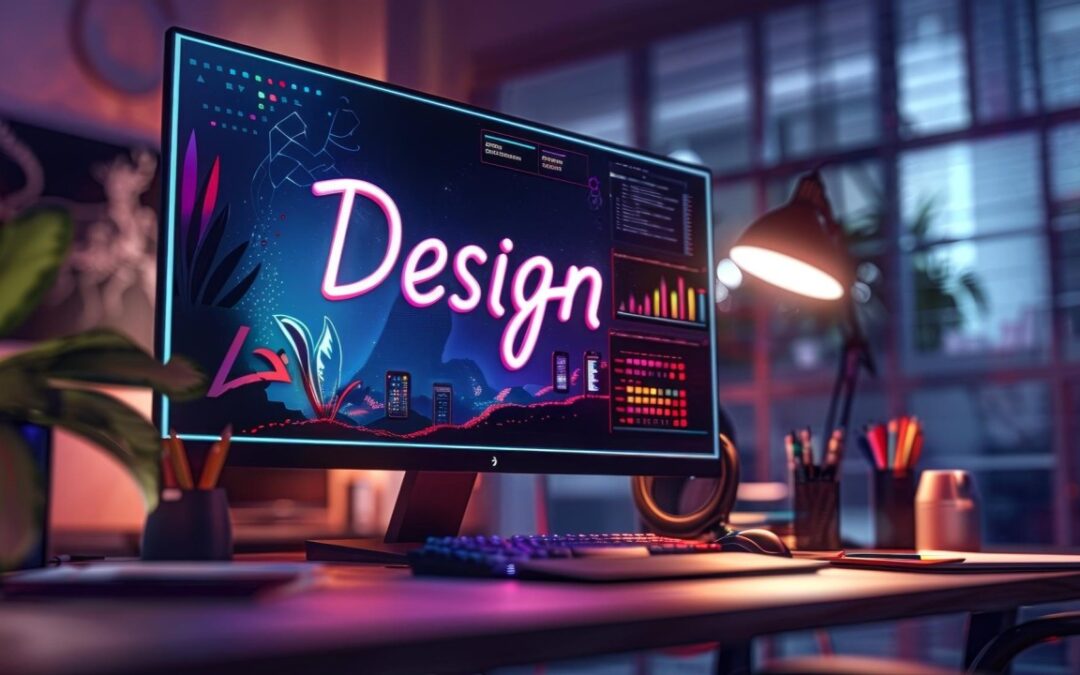The Role of Branding in Web Design
In 2025, a website isn’t just a digital storefront — it’s the face of a brand’s identity. For web designers, understanding the role of branding in web design is essential to creating experiences that are not only visually appealing but emotionally resonant. Branding goes far beyond a logo; it’s the combination of color, typography, imagery, and tone that builds recognition, trust, and connection. When done right, design becomes a powerful extension of brand storytelling.
1. Color: The Emotional Foundation of a Brand
Color is one of the strongest visual signals in branding. It instantly communicates mood, personality, and intent. In web design, color guides the user’s emotions and actions — blue evokes trust, red sparks energy, green suggests growth, and black conveys sophistication.
A skilled web designer understands how to use color psychology to align with brand values. Consistent color usage across buttons, backgrounds, and imagery builds recognition and reinforces identity. In 2025, designers are leaning toward adaptable color systems that transition smoothly between light and dark modes while maintaining brand consistency.
2. Typography: The Voice of the Brand
Typography gives a brand its “voice” in written form. Every font — whether bold and modern, elegant and serifed, or minimal and geometric — communicates something about the brand’s character. A luxury brand might use refined typefaces with generous spacing, while a tech startup could choose bold sans-serifs to reflect innovation.
Designers today pay close attention to hierarchy and legibility across devices. Pairing complementary fonts, using consistent sizes, and aligning typography with tone helps unify the brand message. In essence, typography is not just about readability — it’s about personality.
3. Imagery: The Human Connection
Images bring emotion and authenticity to a brand’s story. Whether through product photography, illustrations, or lifestyle visuals, imagery defines how users perceive a company. In 2025, authentic, diverse, and purpose-driven imagery has replaced overly polished stock photos.
For web designers, the goal is cohesion — ensuring that every image aligns with the brand’s color palette, tone, and target audience. Well-chosen imagery builds trust and makes a digital experience more relatable and memorable.
4. Consistency: The Key to a Cohesive Online Presence
A strong brand feels seamless across every touchpoint. From the homepage and social media to email templates and app interfaces, consistency is what makes a brand recognizable. Designers use style guides and brand systems to maintain alignment — ensuring that color, typography, and imagery work together harmoniously.
Consistency doesn’t mean rigidity, though. The best web designers know how to evolve a brand visually while keeping its core identity intact. This balance keeps the brand fresh yet familiar.
Conclusion: Designing for Recognition and Emotion
Branding and web design are inseparable. A well-branded website does more than attract visitors — it builds loyalty. By mastering the interplay of color, typography, and imagery, web designers create cohesive, emotionally resonant experiences that strengthen brand identity.
In a digital world full of noise, consistency, clarity, and creativity are what make a brand unforgettable.










